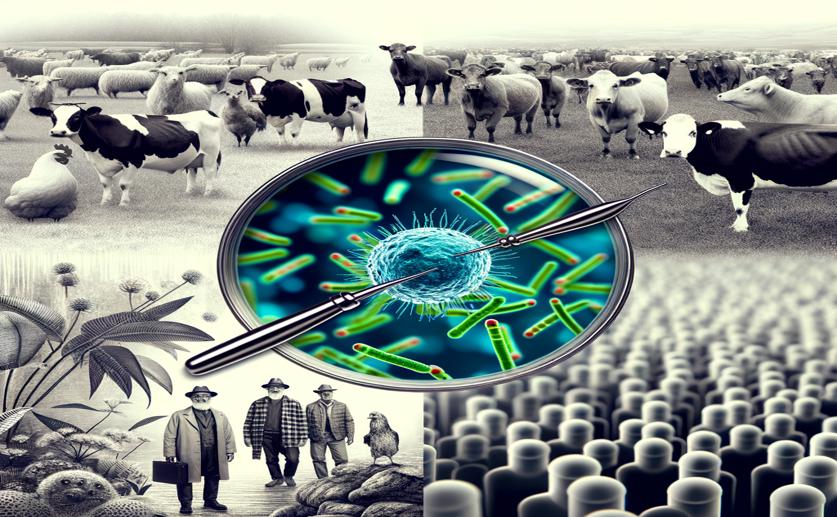
Tracing Antibiotic Resistance in E. coli from Farm Animals and People
Greg Howard
11th March, 2024

Image Source: Natural Science News, 2024
Key Findings
- In southern India, E. coli from livestock, poultry, and humans showed multi-drug resistance
- These bacteria had over 20 genes for both antibiotic resistance and biofilm formation
- Shared E. coli strains between animals and humans suggest a risk of resistance spreading
References
Main Study
1) Genetic insights of antibiotic resistance, pathogenicity (virulence) and phylogenetic relationship of Escherichia coli strains isolated from livestock, poultry and their handlers - a one health snapshot.
Published 8th March, 2024
https://doi.org/10.1007/s11033-024-09354-3
Related Studies
2) Global surveillance of antimicrobial resistance in food animals using priority drugs maps.
3) Evolution and implementation of One Health to control the dissemination of antibiotic-resistant bacteria and resistance genes: A review.
4) Antibiotic resistance genes of public health importance in livestock and humans in an informal urban community in Nepal.



 8th March, 2024 | Jenn Hoskins
8th March, 2024 | Jenn Hoskins